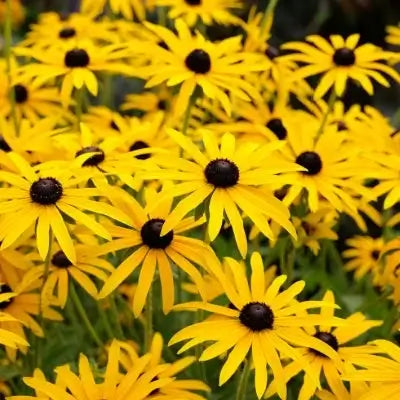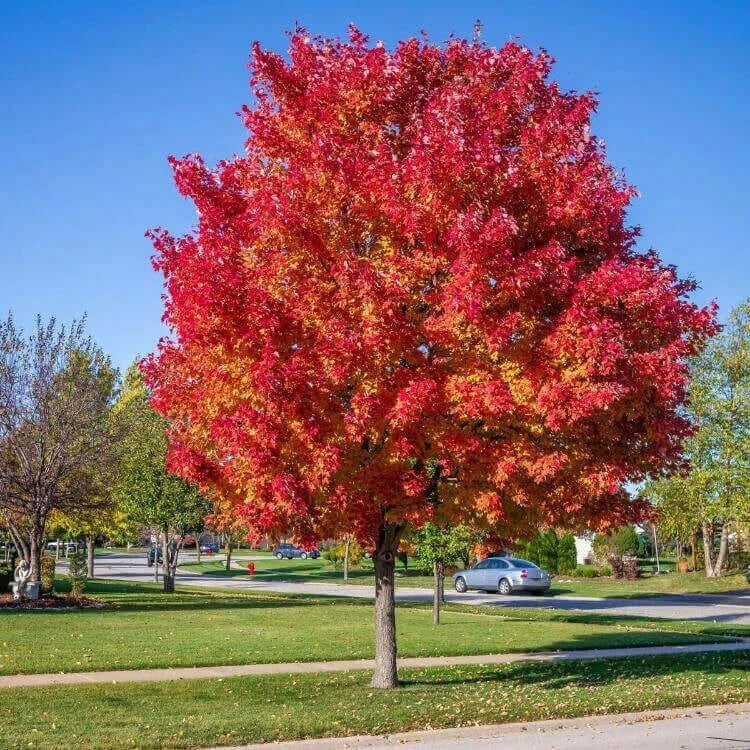
Jade Vine The Enchanting Emerald Wonder
Share
Strongylodon macrobotrys stands as one of nature's stunning botanical treasures. This tropical plant, which exists exclusively in the Philippine rainforests, produces stunning turquoise flower clusters that cascade almost mystically. Jade Vine's unique beauty and exotic charm attract worldwide plant experts and gardening enthusiasts. Despite its natural growth in its homeland’s humid jungles, dedicated gardeners and conservationists have spent countless hours cultivating and protecting this floral gem.
Native Plants That Is Easy To Grow
This member of the Fabaceae family produces flowers that appear as delicate, claw-like formations hanging in dramatic pendant-like displays. Malvin and saponarin pigments produce the jade vine’s unique blue-green hue by interacting with the plant's natural pH levels. The jade vine stands out in tropical environments because its coloration evokes comparisons to mystical ocean waves and iridescent exotic bird feathers.
In their natural environment, jade vines thrive by wrapping their woody stems around tree trunks or trellises to achieve heights of 70 feet. Successful cultivation of these plants demands specialized support systems for their extensive spreading growth. The plant displays glossy trifoliate leaves, which serve as a lush background for its cascading flowers, and together, they create a breathtaking visual display. Jade vines naturally thrive along riverbanks and forest edges, where they depend on steady moisture and warmth to flourish.
Jade vines possess extraordinary beauty yet continue to experience severe dangers in their natural environments. Their natural populations have declined due to habitat destruction caused by deforestation and land development activities. The extinction of important native pollinators like bats, which are essential for the plant’s reproductive process, has made natural propagation more challenging. Conservation programs operate in the Philippines and internationally to safeguard jade vine populations and develop additional growth locations in botanical gardens and controlled spaces.
Cultivating Jade Vines: A Challenge Worth Pursuing
Expert gardeners find the cultivation of jade vines outside their natural surroundings to be a fulfilling pursuit. The tropical beauty of jade vines depends on warm and humid conditions that simulate their natural rainforest environment. Gardeners should grow jade vines in USDA hardiness zones 10–11 or within greenhouses where they can maintain precise control of temperature and humidity levels.
Successful jade vine cultivation depends heavily on providing adequate support structures. This plant's vigorous climbing nature requires a robust support structure like a trellis, pergola, or arbor to hold its trailing vines. Gardeners who create sufficient vertical space will observe their plants producing flowing floral displays extending multiple feet.
Jade vines flourish best in nutrient-abundant soil that drains well yet holds sufficient moisture to avoid waterlogging. The optimal soil pH for jade vines falls between slightly acidic and neutral levels, and organic compost helps sustain soil fertility. Regular watering maintains plant health because jade vines originate from tropical rainforest environments, but be cautious of root rot from excess water.
Sunlight is an essential element that affects jade vine growth. The vine flourishes in bright indirect light but requires shade protection during peak afternoon sunlight. Greenhouse-filtered light replicates dappled rainforest sunlight to safeguard leaves from burning while enabling optimal plant development.
Growers propagate jade vines most commonly by using seeds or cuttings. Seeds take an extended time to germinate, and their success varies because the plant demands precise environmental conditions. Growers find cuttings to be a superior propagation technique that enables them to produce new plants from established vines. Rooting jade vines successfully requires warm temperatures, high humidity, and a lot of patience because they take time to develop.
Jade vines possess beauty yet present significant cultivation difficulties. Their cold-temperature sensitivity limits their outdoor cultivation in temperate regions to controlled environmental conditions only. These plants need several years to flower, which demands sustained care in ideal conditions. The pendulous turquoise blooms that finally appear validate all of the hard work put into growing jade vines.
Jade Vines holds essential ecological and cultural roles
Jade vines maintain ecological and cultural importance beyond their decorative uses. They play an essential role in wild rainforest ecosystems by providing nectar-rich flowers that sustain various species. The reproductive success of bat-pollinated species depends on nocturnal pollinators. The connection between jade vines and fruit bats demonstrates nature’s intricate interrelationships, but dropping bat numbers threatens them.
The success of jade vine cultivation has been partially achieved through alternative pollination methods, including hand pollination and increased bee activity. While these interventions provide some benefits, they fall short of replicating the essential functions performed by native wildlife in sustaining the plant's reproductive process. Conservation efforts remain focused on developing strategies to preserve jade vine populations along with their pollinators to protect their existence in future generations.
Philippine culture views jade vines as emblems of tropical splendor and botanical scarcity. These plants do not receive the same level of recognition as native species like Sampaguita (Jasminum sambac) or Ylang-Ylang (Cananga odorata). Yet, they remain highly valued in botanical gardens and conservation projects. The scarcity of jade vines enhances their mysterious allure, which attracts plant collectors and nature enthusiasts.
The native Philippine ecosystem supports many extraordinary plant species, including jade vines, as part of its diverse floral tapestry. The world's largest flower-producing Rafflesia and the endangered Philippine rosewood (Pterocarpus indicus) are native plant species facing similar conservation challenges. We must dedicate ourselves to conserving rainforests while practicing sustainable farming methods and raising public understanding of their environmental functions to safeguard these plants.
The jade vine has gained popularity in contemporary horticultural practices beyond its original habitat boundaries. Tropical collections at botanical gardens worldwide display this stunning plant to emphasize the need for plant conservation. Growing jade vines outside tropical regions present difficulties, yet progress in greenhouse engineering and controlled environments enables more people to appreciate this plant directly.
Jade Vines Bloom Is Unforgettable
Anyone who sees a jade vine when it blooms will remember it forever. The shifting colors of blue, green, and turquoise in its hanging flowers generate an awe-inspiring effect that is difficult to find in other plant species. The jade vine shines as an illustration of tropical plant beauty wherever it appears in its natural habitat, garden cultivation, or botanical conservatory display.













